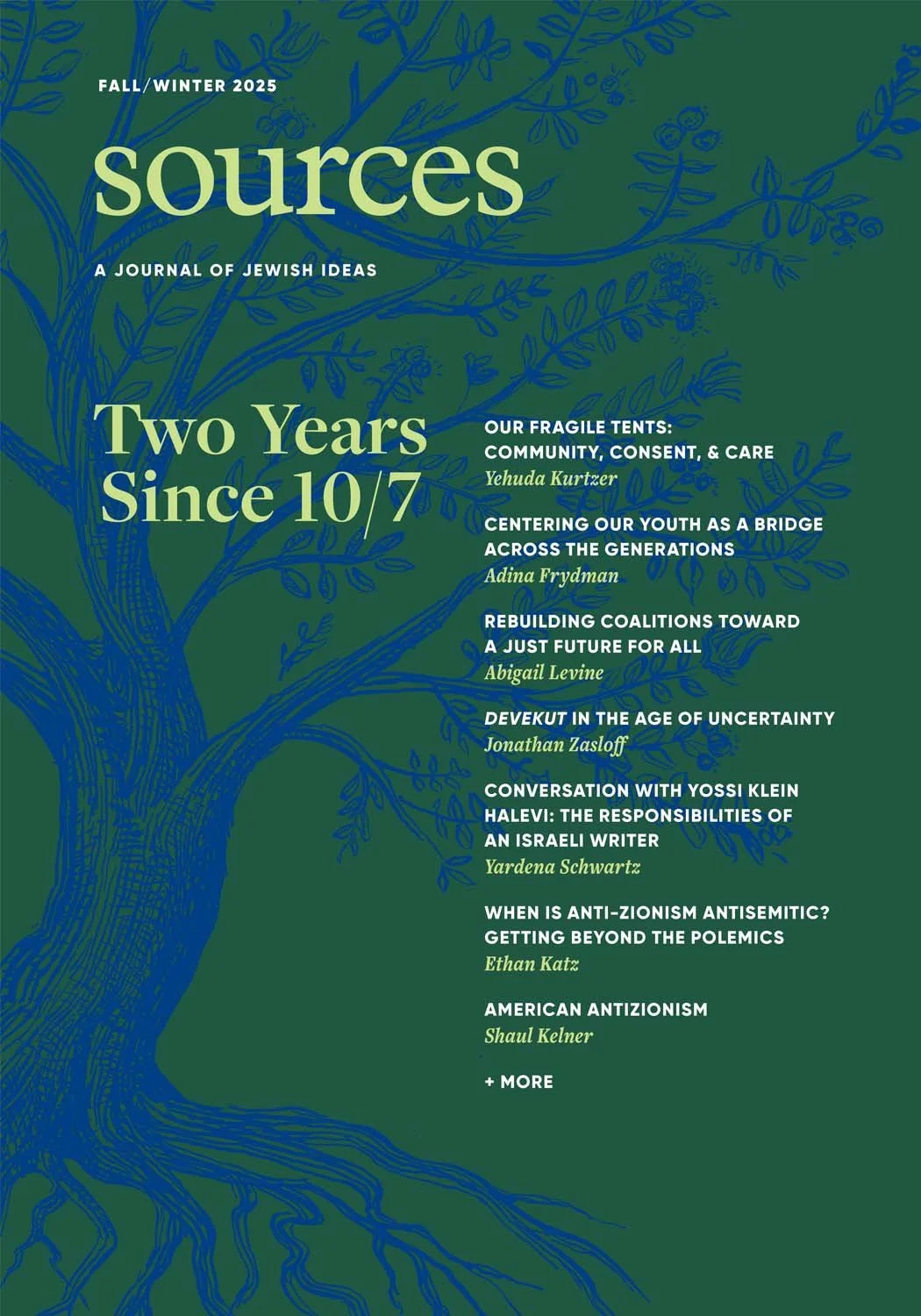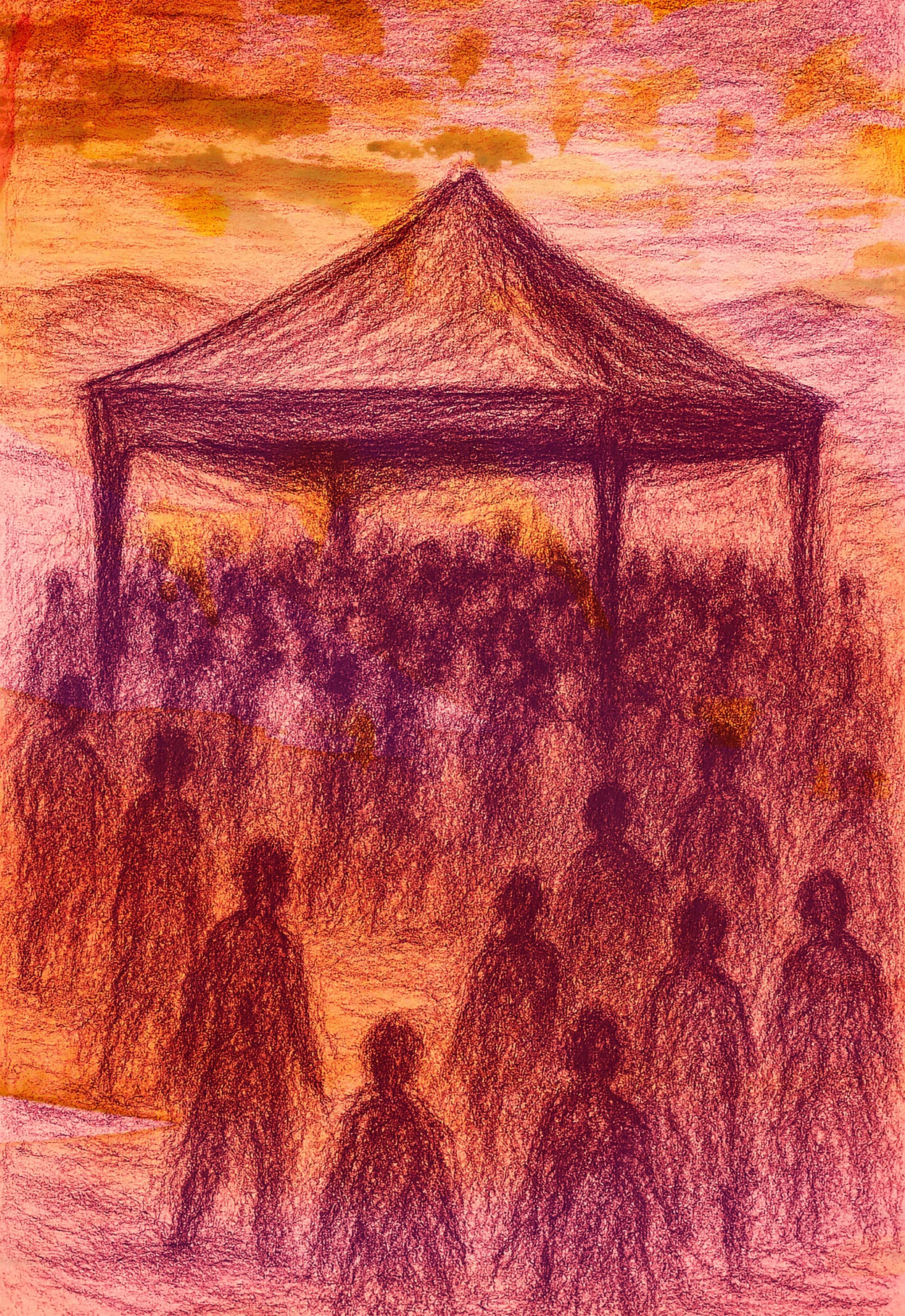Contradiction and Its Discontents
Zachary Truboff
Zachary Truboff, a writer living in Jerusalem, served as the rabbi of Cedar Sinai Synagogue in Cleveland, Ohio for nearly a decade before making aliyah. He is the author of the forthcoming book Torah Goes Forth From Zion: Essays on the Thought of Rav Kook and Rav Shagar (2022).
BOOKS
Towards the Mystical Experience of Modernity: The Making of Rav Kook, 1865-1904
By Yehudah Mirsky
Academic Studies Press, 410 pages, $34.95
All aspects of Jewish life, individual and collective, riveted the attention of Rav Abraham Isaac Kook, and all Jews, religious and secular, featured in his mystical worldview. Not since Maimonides have so many different threads of the Jewish tradition been woven together into such a rich tapestry.
Because modern Jewish life was and remains so fragmented, Rav Kook’s broad vision made him one of the most original—and most misread—rabbis of the twentieth century. Secular Jews were drawn to his embrace of Zionism and his validation of vegetarianism and the arts. Religious Jews striving to confront modernity found solace in his confidence that the Torah need not be threatened by academic bible scholarship. The mystically inclined drew on his vision of a world saturated with holiness, with God’s immanence.
Yet few embraced the entire range of Rav Kook’s teachings, and many succumbed to the temptation to take from Rav Kook what one likes while rejecting what one dislikes. In his outstanding new book, Towards the Mystical Experience of Modernity: The Making of Rav Kook, 1865-1904, Yehudah Mirsky achieves the rare feat of presenting Rav Kook’s teachings in all their fullness. By focusing on Rav Kook’s writings from the first half of his life, before his emigration to Palestine, Mirsky offers a fascinating picture of Rav Kook’s thought that is far richer and more complex than the version taught today by many who claim to be his disciples.
If Rav Kook’s later writings would come to be defined by a mystically inflected nationalism, his early works reflect a startling variety of concerns. The influence of his father, a Lithuanian Talmudist, and his mother, a descendant of Lubavitcher Hassidim, combined with the Maskilic tendencies of his early teachers to infuse Rav Kook’s youth with diverse and sometimes rival sources of inspiration. Rav Kook came of age in a moment when the walls of the ghetto—which had kept a lid on the conflicting forces of Jewish identity—came crashing down. With their collapse, those forces burst forth with unprecedented intensity.
Mirsky, professor at Brandeis University and previously the author of Rav Kook: Mystic in a Time of Revolution (Yale), shows how Rav Kook’s early writings captured these tensions. Rav Kook’s first published work, Hovesh Peer, served as both a halakhic treatise on the proper way to wear tefillin and a reflection on the connections between the mind and body, the spiritual and the physical. In Midbar Shur, a collection of philosophical essays on the weekly Torah portion, Rav Kook attempted to understand how the Torah and the Jewish people fit into the broader world and how a life of observing the commandments was conducive to self-perfection. Ein Aya, a commentary on the aggadic sections of the Talmud, grappled with the tensions between the imagination, the intellect, and the role of prophecy. The recently published LeNevuchei HaDor, written in the spirit of Maimonides’ Guide for the Perplexed, attempted to reconcile the Torah with modern scientific discoveries. Lastly, Rav Kook’s spiritual journals from his final years in Europe contain the seeds of the radical messianic thought that would fully flower after his arrival in the Land of Israel.
In the reductive pursuit of systematic simplicity, most scholars—religious Zionists and academics alike—have sought to place Rav Kook’s writings within one of several predetermined ideological categories. By contrast, rather than read “Rav Kook’s works as a unified canon whose inconsistencies must be resolved in order for him to be authoritative,” Mirsky chooses to “read them, and try to understand him, in terms of his time and place.” In embracing the contradictions and evolutions of his thought, Mirsky reveals intriguing nuances others miss and captures Rav Kook’s unending pursuit of contradiction and its attempted resolution. Though his messianic embrace of the Jewish people’s return to the Land of Israel would later give his thought its unifying force, Rav Kook’s early writings prove far more open-ended. They reflect a series of almost compulsive attempts to reconcile the contradictions of the modern Jewish experience.
In fact, even in the messianic inclinations of his later years, Rav Kook still acknowledged that a human life rarely if ever reaches a harmonious resolution. Reflecting on his own existence, he writes: “Those who say that my soul is torn, of course it is torn. It is impossible to imagine a person whose soul is not torn. Only that which is not alive is somehow whole.” To be human is to live with contradictions that constantly threaten to tear us apart—an outcome, to use Rav Kook’s kabbalistic language, of living in a world of separation and multiplicity (alma d’peruda) rather than one of unity (alma d’yichuda). Nevertheless, Rav Kook insists, we can neither deny contradictions nor give up on our hope of resolving them, and this tension animates all human endeavors, religious and secular alike.
Love Jewish Ideas?
Subscribe to the print edition of Sources today.
During times of crisis, few things are more essential than a willingness to embrace contradiction rather than run from it. Though the writings Mirsky examines in this book were composed more than a century ago, they addressed a time not unlike our own. As the Coronavirus pandemic continues to unsettle the world, the contradictions of modern Jewish life once again loom large. In Israel, Zionism continues to struggle with its moral obligations to both Jews and Palestinians. In America, Jews who have long embraced liberalism must now wrestle with the profound racial and economic inequalities wrought by a system of which they have been great beneficiaries. In such a moment, it behooves us to take a close look—as Mirsky so marvelously does—at Rav Kook in his fullness, and to encounter a thinker who refuses to grant contradiction the final say, while still recognizing that its final resolution may be beyond our grasp: “The central task for a human being is to unite the tears that are within his soul...Of course this is an ideal that we can only aspire to, but to arrive at it is impossible for any human. Rather we can only strive to come closer and closer to it.”
This article appears in Sources, Spring 2022.




